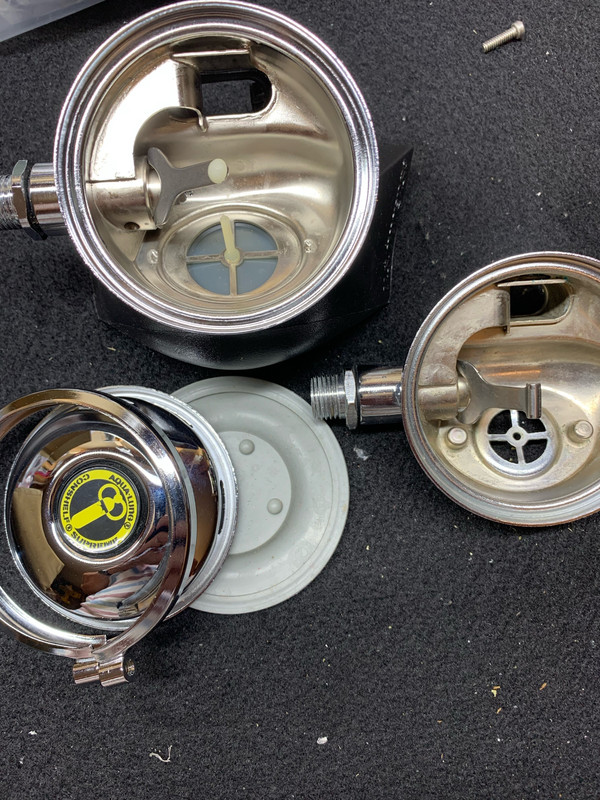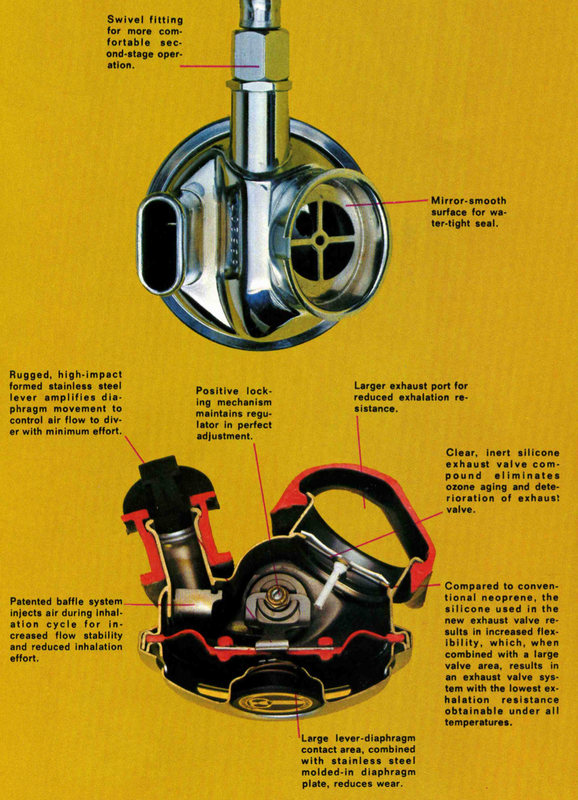I agree entirely.Imaginary horribles. What a load of nonsense!
So tell me why in my official Scubapro "expert" Level III class, René Dupré distributed "Jewels from Jules" showing all the old schematics, complete with which parts were "No longer available", if they were not meant to be serviced?
And, Hello! A service bulletin specifically describes the upgrade from old poppets to new. And, Hello! Scubapro has not printed new full schematics since 2014. They just dribble out individual stuff. And their new manuals? Horrible translations from the Italian with no graphics and odd part names. Scubapro's official support to the technician remains marginal, though calling in still works great, and René Dupré remains a mainstay of training and advice.
But sure! Cry "Unauthorized"!!! I'm sure that will sell another newer (but not significantly better) regulator. My shop will service them all.
Unless you're a SB regular, you'll never be able to tell the difference between a G250, an A700 or a C370. Cracking effort? What's that?
Stop frightening people.
I was trained to service SP regulators 40 years ago in their Italian factory in Casarza Ligure (near Genoa).
They did train me how to repair their older regs using parts from the new ones. They even gave me a sheet with the "replacement list", containing the correspondance between old and new parts.
I know that this list has been updated also in the following years.
Furthermore SP released a number of documents describing the steps for ugrading older models to newer ones.
These included 109 to BA (not to 156, BA was designated with a different number which I do not remember just now), Mk10 to M10plus, mk15 to mk15+, something about the mk20, G250 to G250HP.
So these upgrades are authorised by SP and do not break the warranty if operated by an authorised SP shop or technician.






 . EEM, exhaust effort matters.
. EEM, exhaust effort matters.